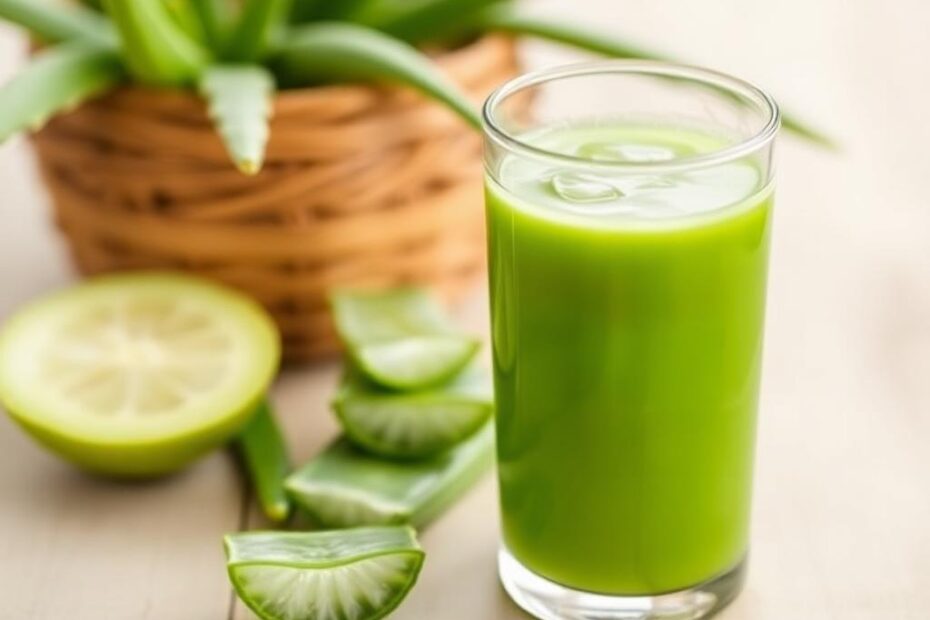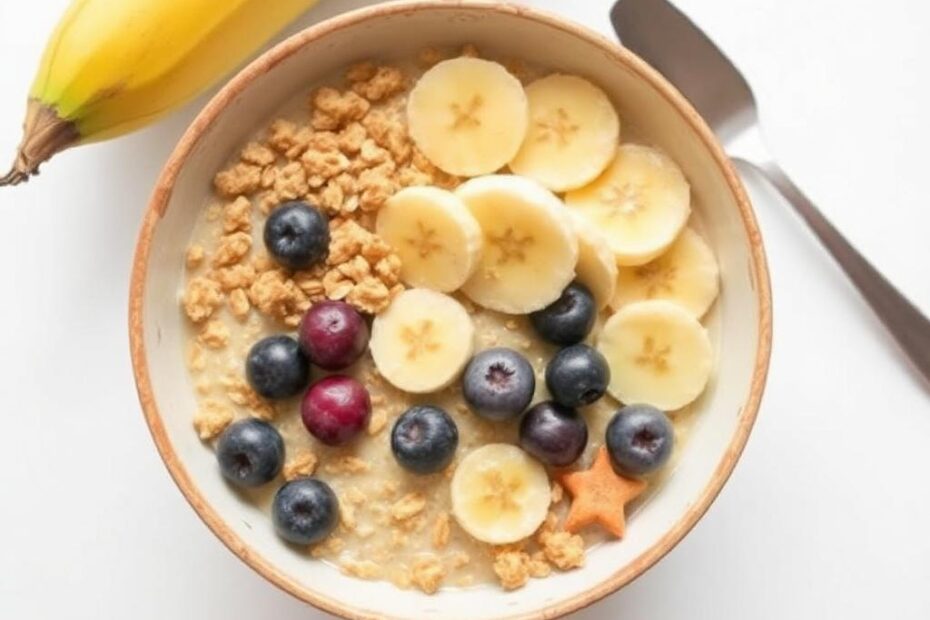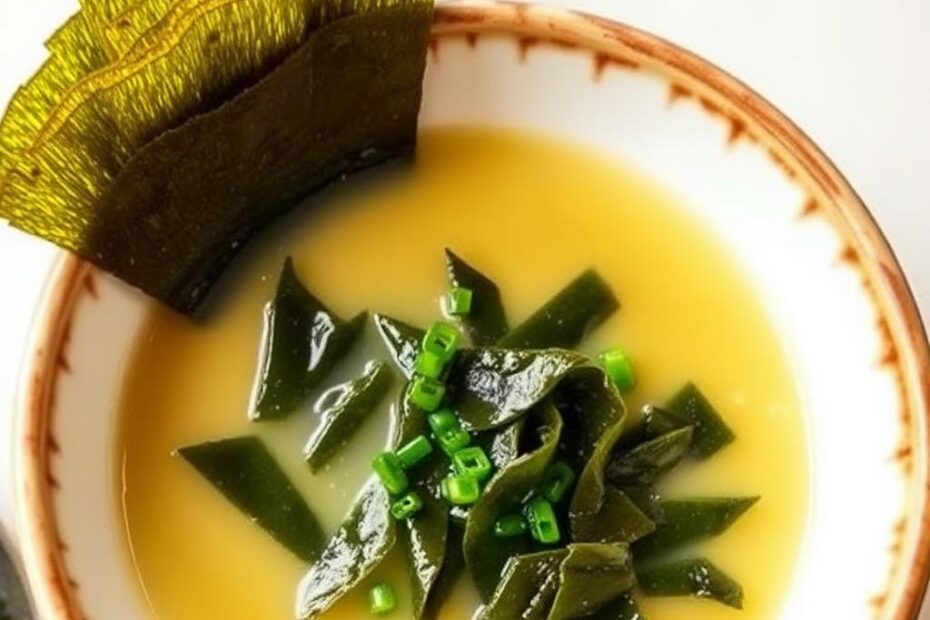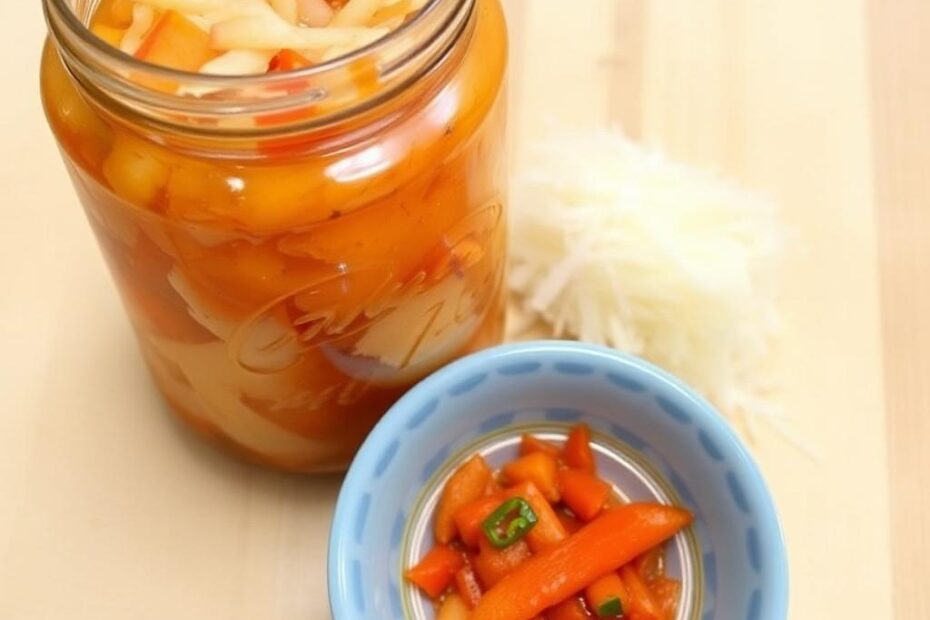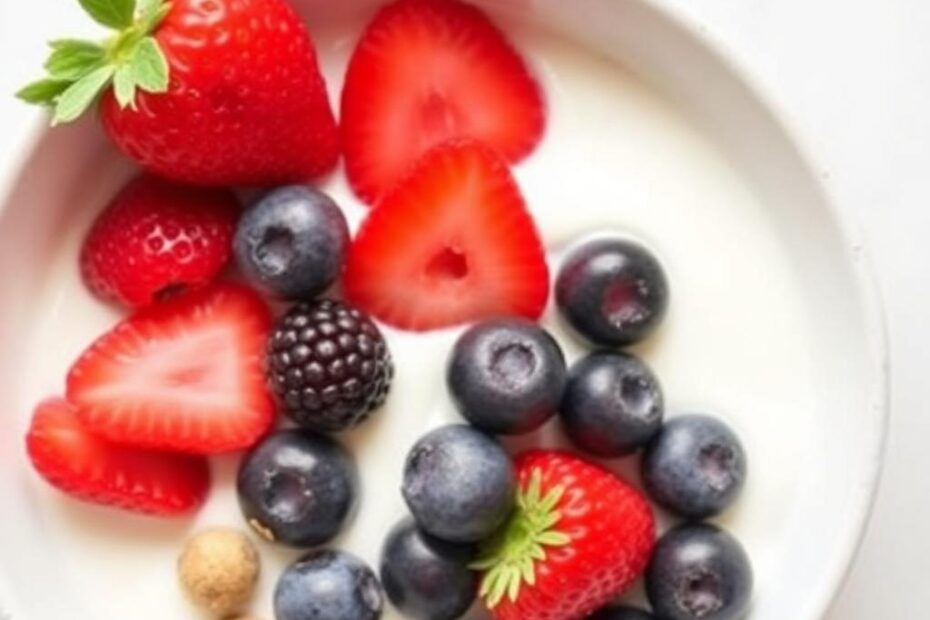Aloe Vera Juice Shot
Context & Origin:Aloe has been used in Egyptian, Greek, and Ayurvedic traditions for digestive healing, thanks to its soothing and anti-inflammatory properties. Ingredients: Instructions:Dilute aloe vera juice in water and drink on an empty stomach once daily for 5–7 days.
